Filter by
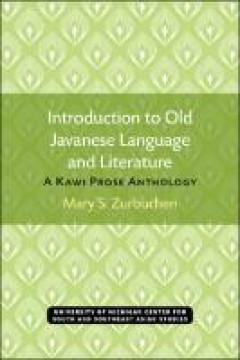
Introduction to old Javanese language and literature : a kawi prose anthology
The oldest and most extensive written language of Southeast Asia is Old Javanese, or Kawi. It is the oldest language in terms of written records, and the most extensive in the number and variety of its texts. Javanese literature has taken many forms. At various times, prose stories, sung poetry or other metrical types, chronicles, scientific, legal, and philosophical treatises, prayers, chants,…
- Edition
- -
- ISBN/ISSN
- 9780472902187
- Collation
- XII, 151 p.
- Series Title
- Michigan Series In South And Southeast Asian Languages And Linguistics
- Call Number
- 499.222 ZUR i
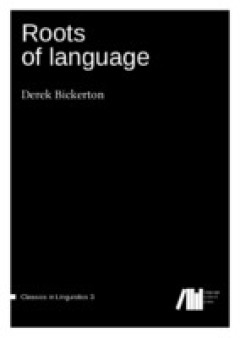
Roots of language
Roots of language was originally published in 1981 by Karoma Press (Ann Arbor). It was the first work to systematically develop a theory first suggested by Coelho in the late nineteenth century: that the creation of creole languages somehow reflected universal properties of language. The book also proposed that the same set of properties would be found to emerge in normal first-language acquisi…
- Edition
- -
- ISBN/ISSN
- 9783946234081
- Collation
- xiii, 284 p.; 22 cm.
- Series Title
- Classics in Linguistics, 2
- Call Number
- 401 BIC r

Language of the snakes : prakrit, Sanskrit, and the language order of premode…
Language of the Snakes traces the history of the Prakrit language as a literary phenomenon, starting from its cultivation in courts of the Deccan in the first centuries of the common era. Although little studied today, Prakrit was an important vector of the kāvya movement and once joined Sanskrit at the apex of classical Indian literary culture. The opposition between Prakrit and Sanskrit was …
- Edition
- -
- ISBN/ISSN
- 9780520968813
- Collation
- 324 p.; 22 cm.
- Series Title
- -
- Call Number
- 891.3 OLL l
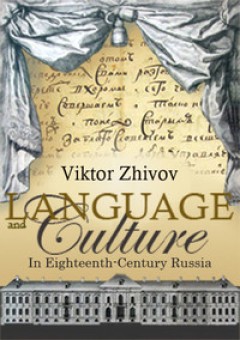
Language and culture in eighteenth century Russia
Victor Zhivov's Language and Culture in Eighteenth-Century Russia is one of the most important studies ever published on eighteenth-century Russia. Historians and students of Russian culture agree that the creation of a Russian literary language was key to the formation of a modern secular culture, and this title traces the growth of a vernacular language from the "hybrid Slavonic" of the late …
- Edition
- -
- ISBN/ISSN
- 9781618116734
- Collation
- XVII, 506 p.
- Series Title
- Studies in Russian and Slavic Literatures, Cultures, and History
- Call Number
- 491.709033 ZHI l
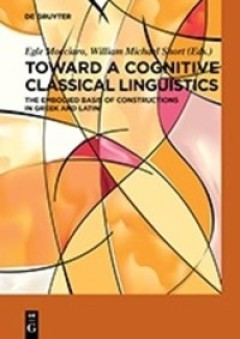
Toward a cognitive classical linguistics : he embodied basis of constructions…
This volume gathers a series of papers that bring the study of grammatical and syntactic constructions in Greek and Latin under the perspective of theories of embodied meaning developed in cognitive linguistics. Building on the momentum currently enjoyed by cognitive-functional approaches to language within the field of Classics, its contributors adopt, in particular, a ‘constructional’ app…
- Edition
- -
- ISBN/ISSN
- 9783110616347
- Collation
- VIII, 273 p.
- Series Title
- -
- Call Number
- 480 MOC t
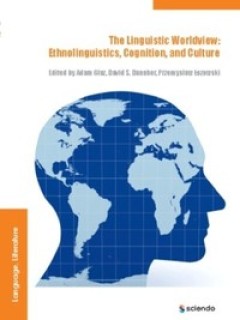
The linguistic worldview : ethnolinguistics, cognition, and culture
the book is concerned with the linguistic worldview broadly understood, but it focuses on one particular variant of the idea, its sources, extensions, its critical assessment, and inspirations for related research. This approach is the ethnolinguistic linguistic worldview (LWV) program pursued in Lublin, Poland, and initiated and headed by Jerzy Bartminski. In its basic design, the volume emerg…
- Edition
- -
- ISBN/ISSN
- 9788376560748
- Collation
- 492 p.
- Series Title
- -
- Call Number
- 306.44 GLA l
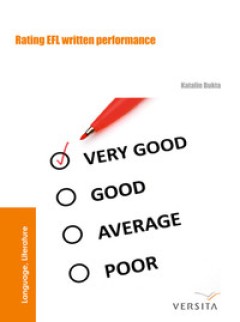
Rating EFL written performance
The study focuses on the investigation of the process during which raters of EFL written performance make their decisions. It consists of a pilot and a main study, each of which concentrates on assessment of writing. The rationale is to detect the decision-making processes that raters follow, which can be used for training raters, and with which the reliability of rating can be improved. The pi…
- Edition
- -
- ISBN/ISSN
- 9788376560793
- Collation
- 424 p.
- Series Title
- -
- Call Number
- 428.0071 BUK r
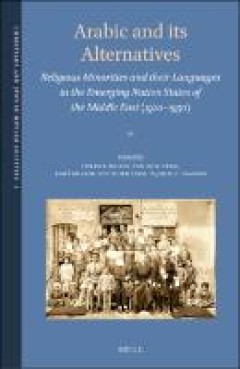
Arabic and its alternatives : religious minorities and their languages in the…
Arabic and its Alternatives discusses the complicated relationships between language, religion and communal identities in the Middle East in the period following the First World War, taking its starting point in the non-Arabic and non-Muslim communities of the region. Readership: All those interested in the modern and contemporary history of the Middle East, in religious and linguistic minoriti…
- Edition
- -
- ISBN/ISSN
- 9789004423220
- Collation
- 334 p.; 22 cm.
- Series Title
- Christians and Jews in Muslim Societies, 5
- Call Number
- 306.440956 ARA a
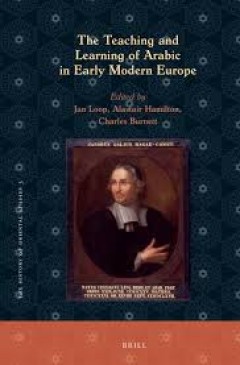
The Teaching and learning of Arabic in early modern Europe
The essays in this volume shed light on how, for what purposes and to what extent the Arabic language was taught and studied by European scholars, theologian, merchants, diplomats and prisoners in early modern Europe.
- Edition
- -
- ISBN/ISSN
- 9789004338623
- Collation
- 366 p.; 22 cm.
- Series Title
- The History of Oriental Studies, 3
- Call Number
- 492.78007104 TEA t
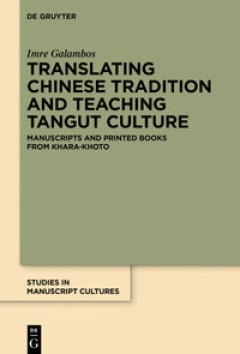
Translating Chinese tradition and teaching Tangut culture : manuscripts and p…
This book is about Tangut translations of Chinese literary texts. Although most of the extant Tangut material comprises Buddhist texts, there are also many non-religious texts, which are mostly translations from Chinese. The central concern is how the Tanguts appropriated Chinese written culture through translation and what their reasons for this were. Of the seven chapters, the first three pro…
- Edition
- -
- ISBN/ISSN
- 9783110453959
- Collation
- VIII, 318 p.
- Series Title
- Studies in Manuscript Cultures, 6
- Call Number
- 895.4 GAL t
 Computer Science, Information & General Works
Computer Science, Information & General Works  Philosophy & Psychology
Philosophy & Psychology  Religion
Religion  Social Sciences
Social Sciences  Language
Language  Pure Science
Pure Science  Applied Sciences
Applied Sciences  Art & Recreation
Art & Recreation  Literature
Literature  History & Geography
History & Geography